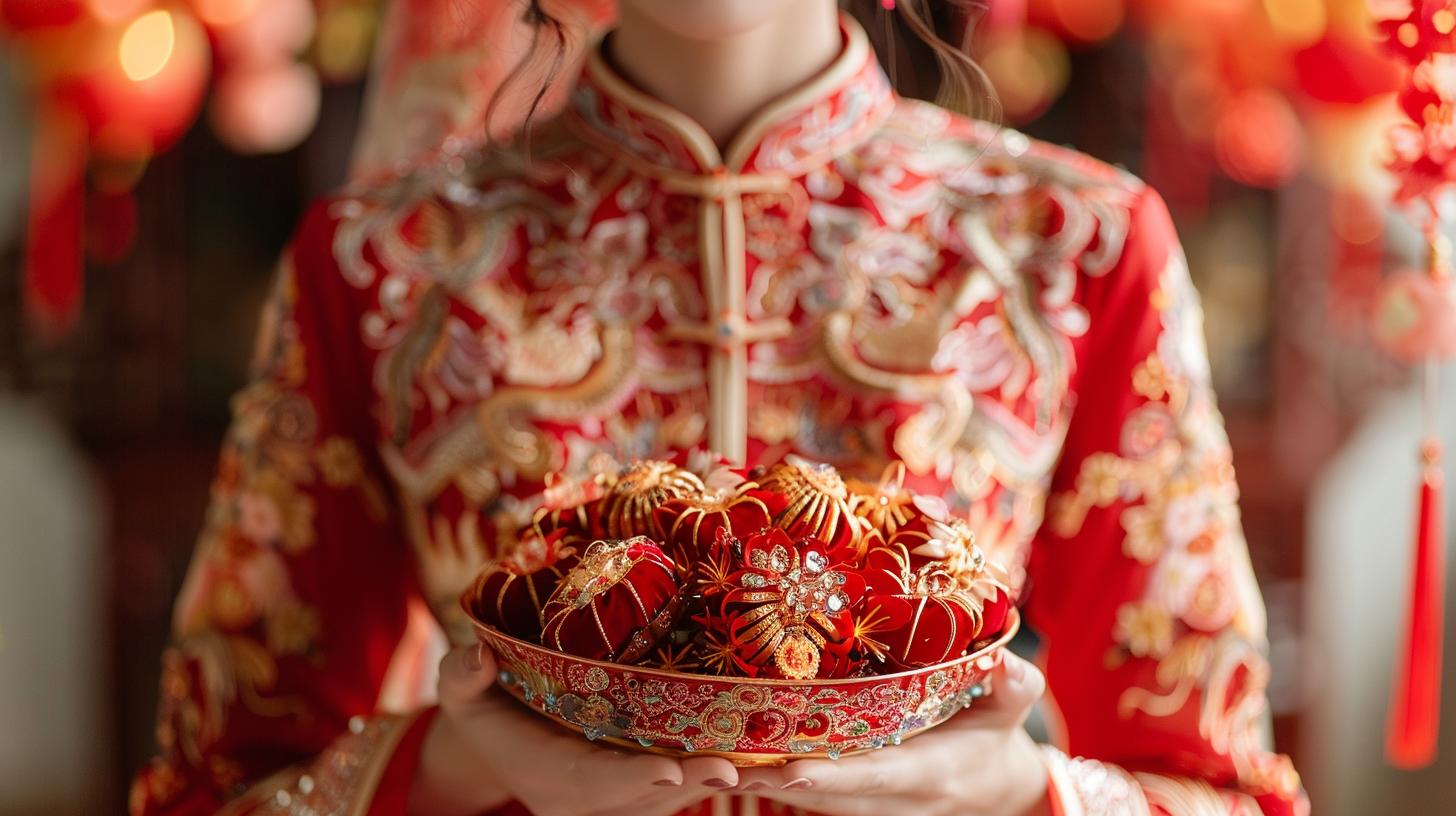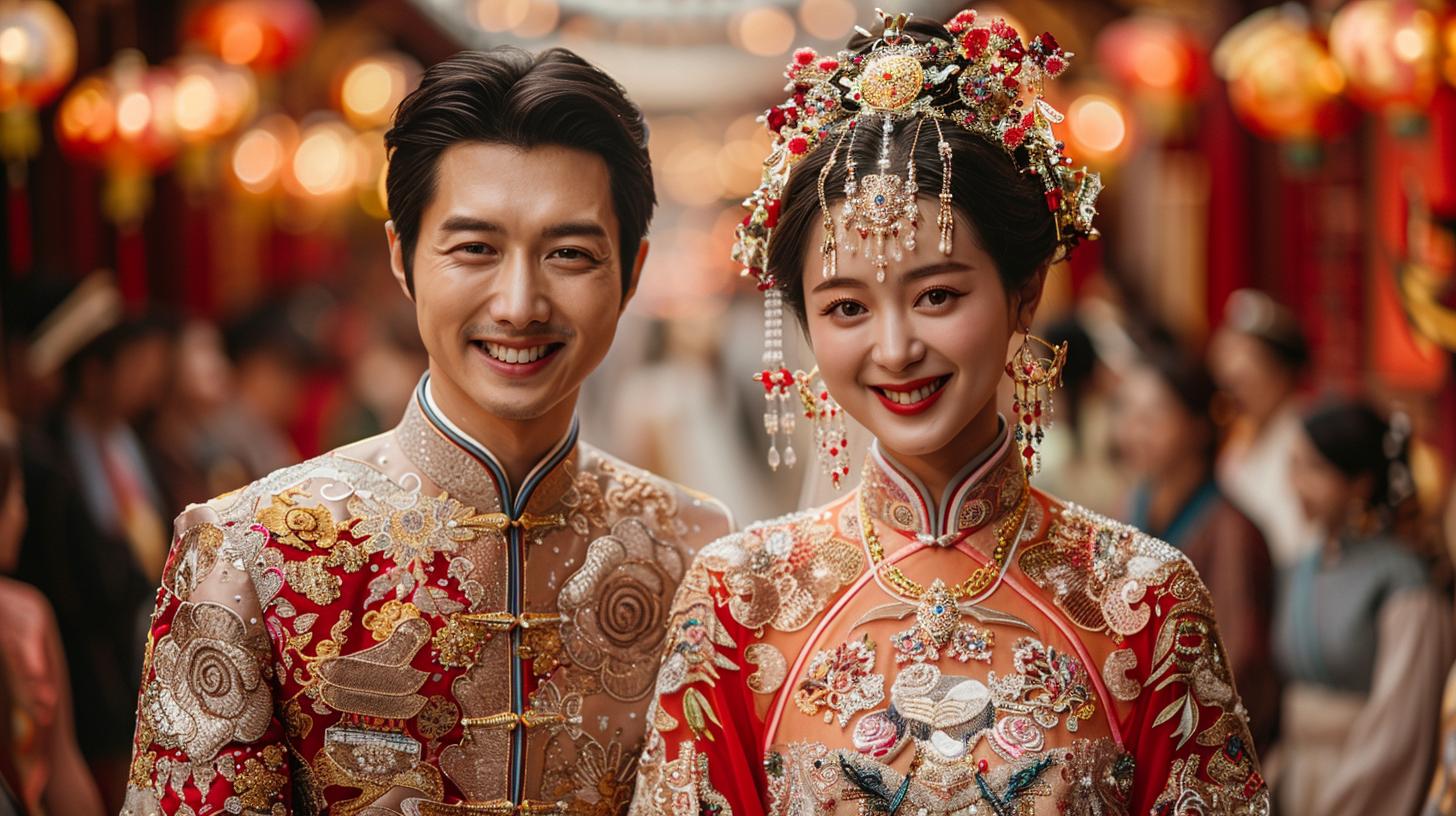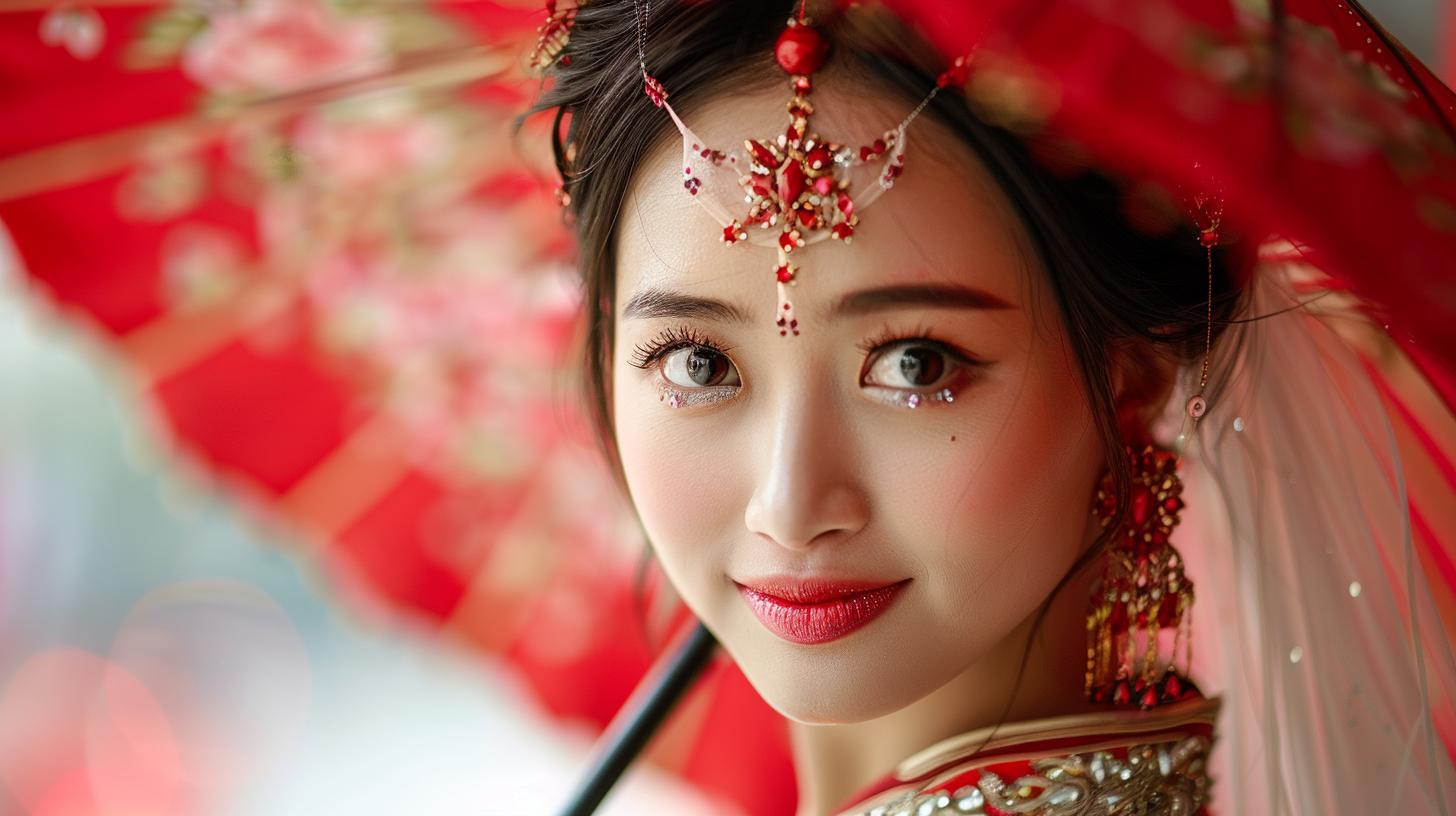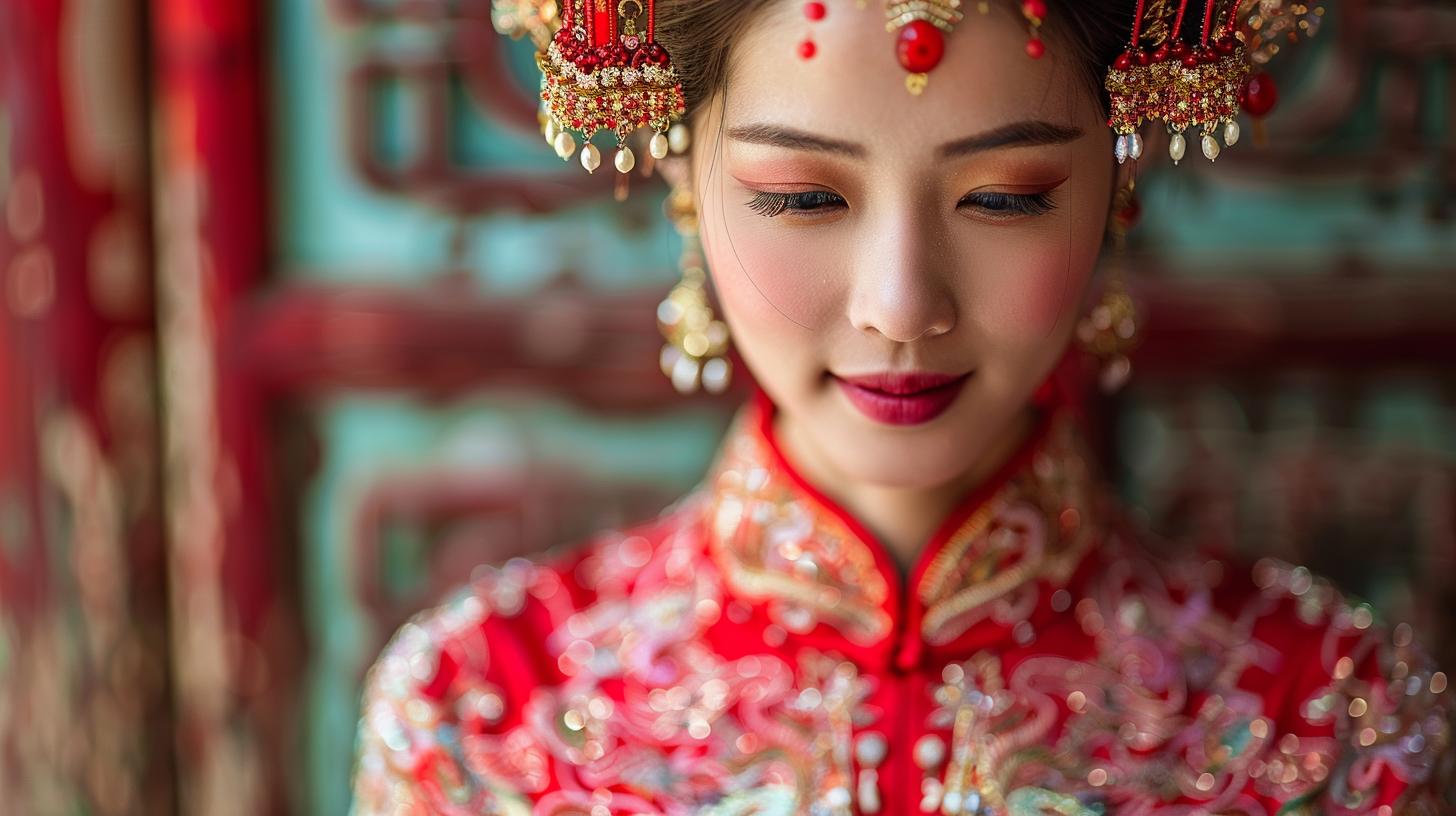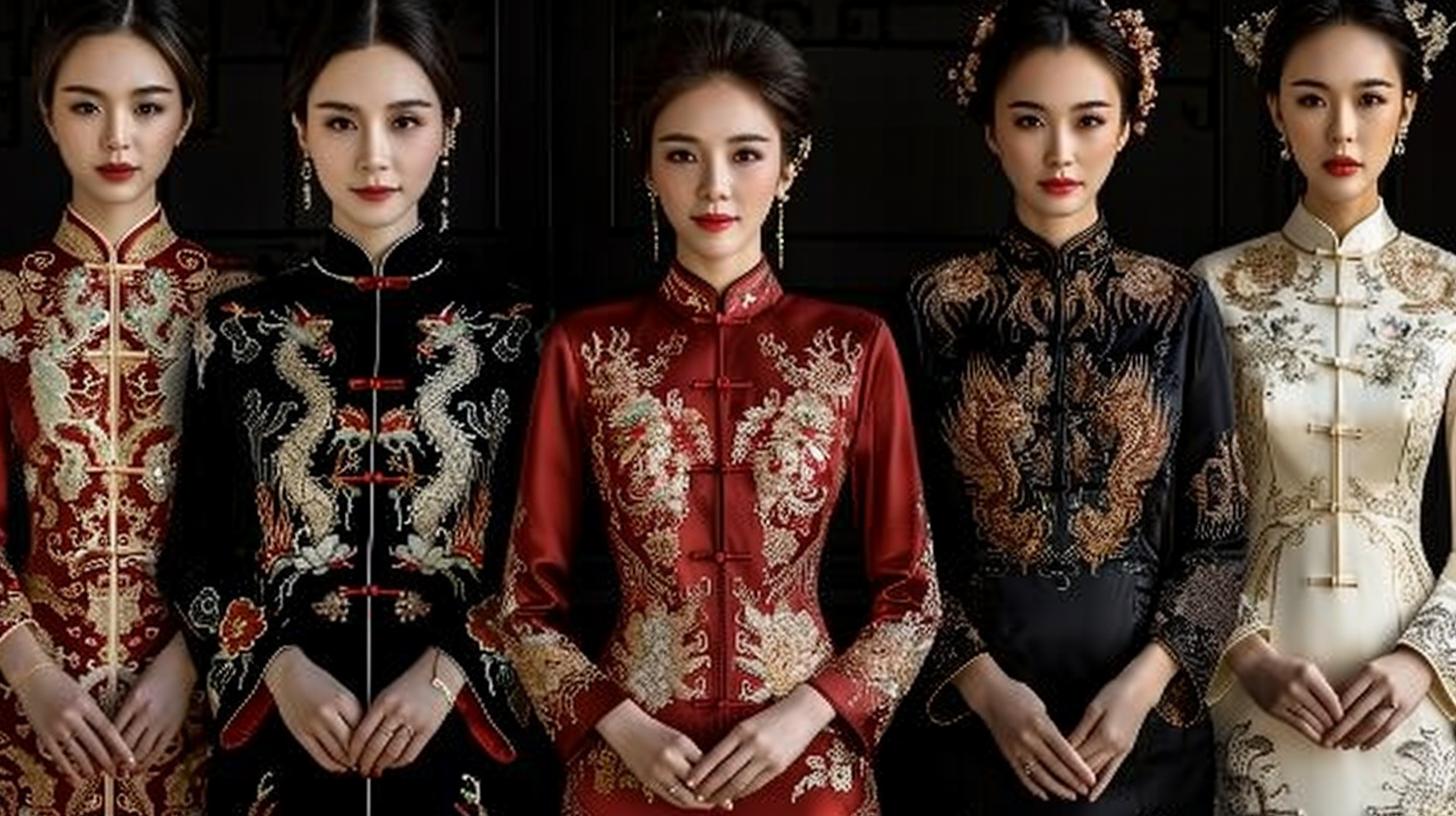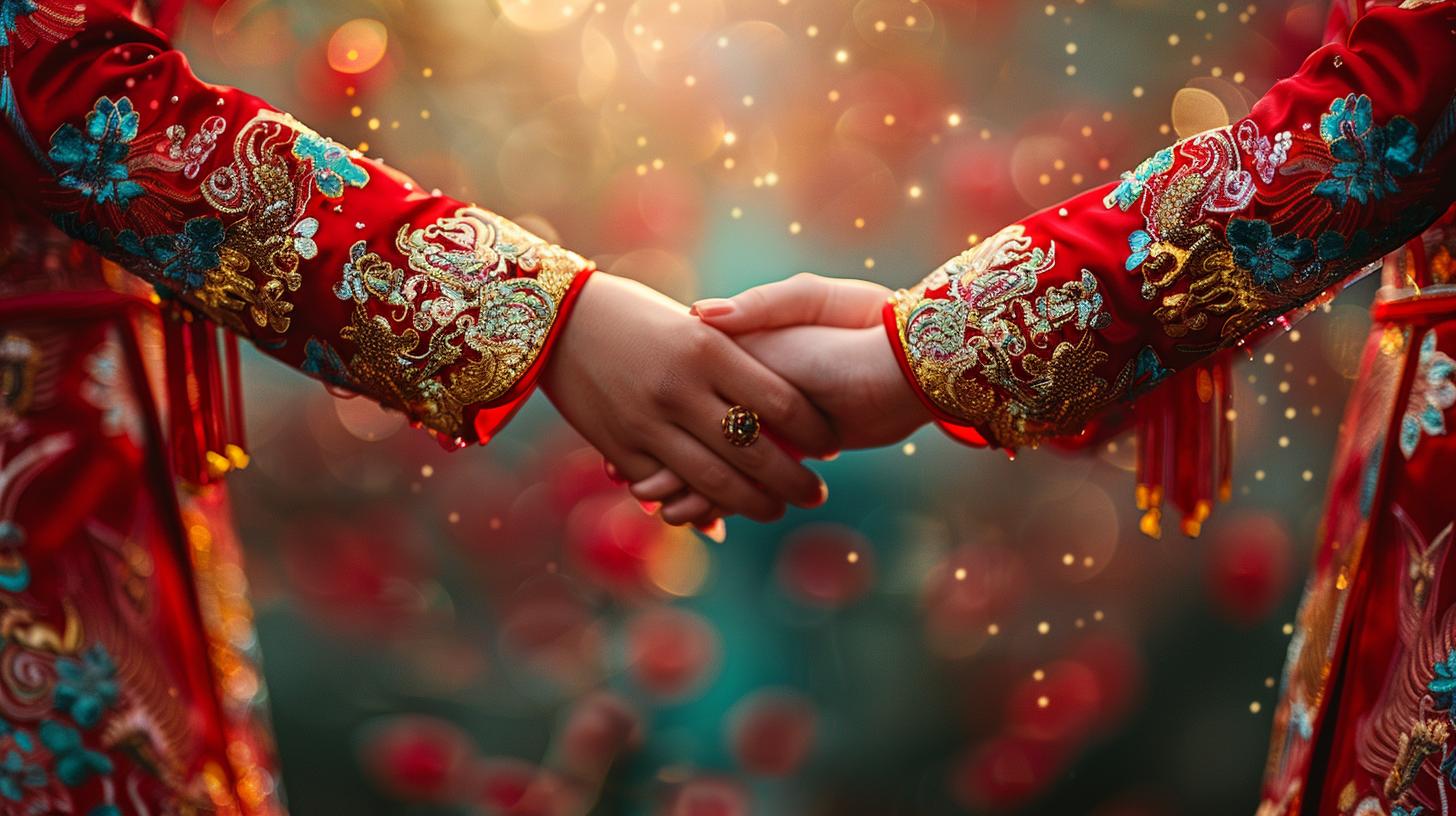What Is Traditional Chinese Wedding Cake: Exploring Symbolism and Tradition
The traditional Chinese wedding cake is an essential element of wedding ceremonies in Chinese culture. It has a long history filled with symbolism and meaning. These cakes, also known as “wedding cakes,” come in various shapes, colors, and flavors.
They are traditionally presented in red boxes with golden lettering and decorated with symbolic designs. Additionally, the cakes often include ingredients such as red beans, lotus paste, and salted egg yolks.
In Chinese weddings, these cakes symbolize commitment and good wishes for the newly married couple.
History and Significance of Traditional Chinese Wedding Cakes
The history of traditional Chinese wedding cakes dates back to ancient times, with intricate customs and rituals surrounding these symbolic desserts. Understanding the origins and evolution of these cakes sheds light on their cultural significance and importance in Chinese weddings.
Ancient Origins
Traditional Chinese wedding cakes have deep roots in ancient customs and traditions, with historical records dating back to dynastic periods. During ceremonies and betrothals, the exchange of wedding cakes signified solemn commitments and alliances between families.
Evolution of Tradition
Over the centuries, the tradition of presenting wedding cakes has evolved, incorporating new ingredients, styles, and designs. From simple offerings to elaborate creations, traditional Chinese wedding cakes have adapted to changing tastes while maintaining their symbolic importance.
Symbolism in Traditional Chinese Wedding Cakes
Colors and Meanings
The colors of traditional Chinese wedding cakes hold significant symbolism, with each hue representing different aspects of marriage and prosperity. Red symbolizes love and happiness, while gold signifies wealth and fortune.
These color choices reflect the wishes and blessings bestowed upon the newlyweds.
Decorative Elements
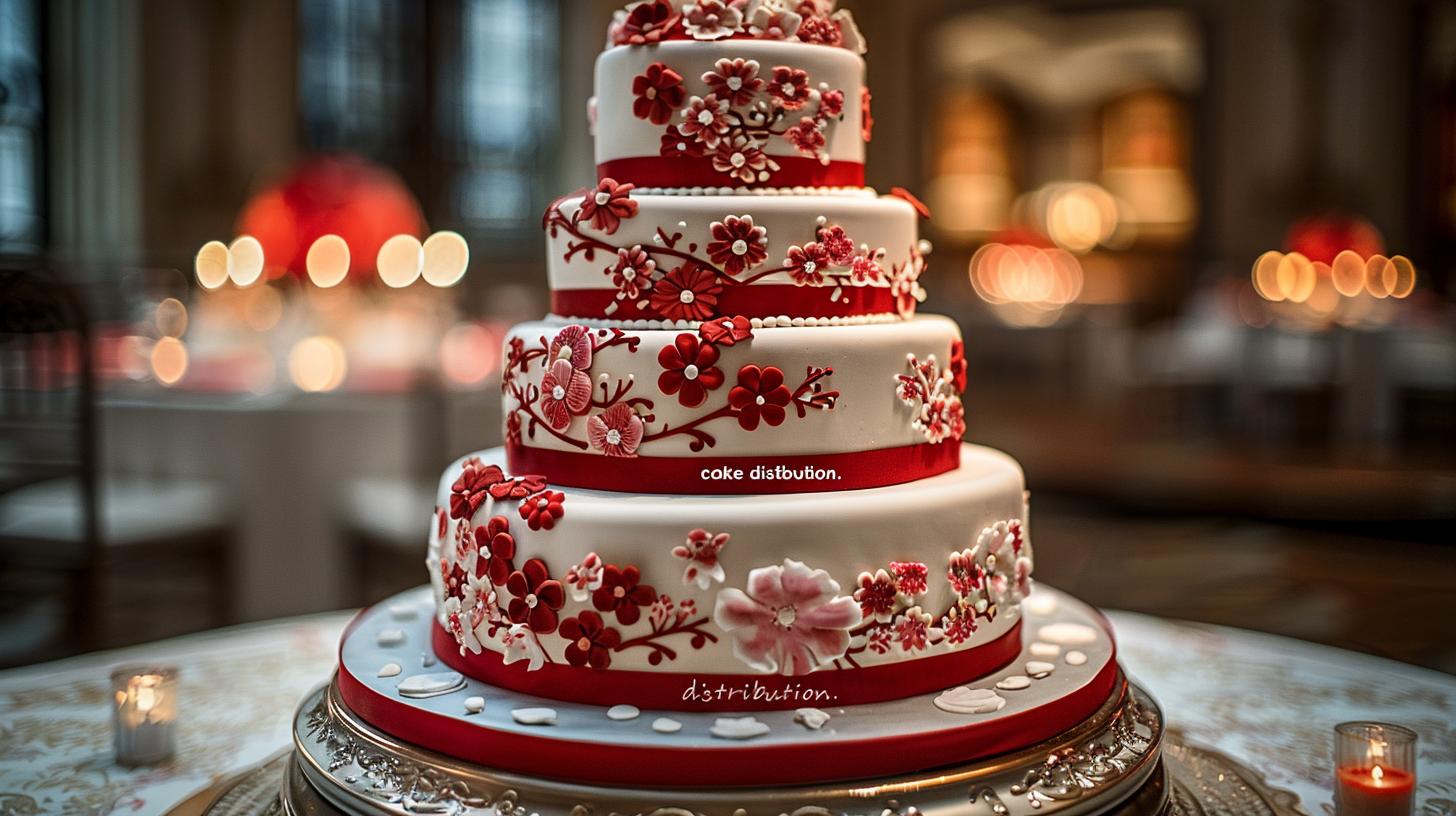
The decorative elements adorning traditional Chinese wedding cakes are carefully chosen to convey specific meanings and wishes for the couple. Images of dragons and phoenixes symbolize harmony and balance in marriage, while intricate designs represent good luck and prosperity in the union.
Symbolism in Traditional Chinese Wedding Cakes
The symbolism found in traditional Chinese wedding cakes plays a significant role in the wedding ceremony, embodying deep cultural meanings and wishes for the couple’s future together.
Colors and Meanings
- Red symbolizes love and joy, reflecting the passion and happiness of the newlyweds as they embark on their journey together.
- Gold represents wealth and prosperity, signifying the wish for a rich and abundant life for the couple.
- White embodies purity and innocence, underscoring the hope for a harmonious and pure union between husband and wife.
Decorative Elements
The intricate designs adorning traditional Chinese wedding cakes often feature symbolic motifs such as dragons and phoenixes, representing the balance and harmony in marriage.
These ornate decorations enhance the aesthetic appeal of the cakes and convey auspicious blessings for the couple.
Variety of Flavors in Traditional Chinese Wedding Cakes
Traditional Chinese wedding cakes come in a diverse range of flavors, each carrying its own symbolic significance and cultural connotations. These flavors are carefully chosen to represent blessings and well-wishes for the newlywed couple, adding depth and meaning to the wedding celebration.
Popular Ingredients
- Red Beans: Symbolizing love and prosperity.
- Lotus Paste: Representing purity and harmony in the marriage.
- Salted Egg Yolks: Signifying fertility and abundance in the union.
- Other common ingredients include chestnuts, sweet osmanthus, and various nuts and seeds, each adding a unique flavor and texture to the traditional Chinese wedding cakes.
Regional Variations
Across different regions of China, traditional wedding cake recipes may vary to reflect local customs and preferences.
For example, in the southern regions, coconut and pandan flavors are often incorporated for their refreshing and fragrant profiles, while in the northern provinces, ingredients like jujube and honey are favored for their sweetness and auspicious meanings.
Regional Influences
- Southern China: Coconut, pandan
- Northern China: Jujube, honey
- Eastern China: Sweet osmanthus, chestnuts
- Western China: Tibetan barley, yak butter
Special Occasions
During special occasions such as weddings, the selection of flavors in traditional Chinese wedding cakes is a reflection of cultural values and aspirations, with each bite symbolizing blessings for a blissful and harmonious marriage.
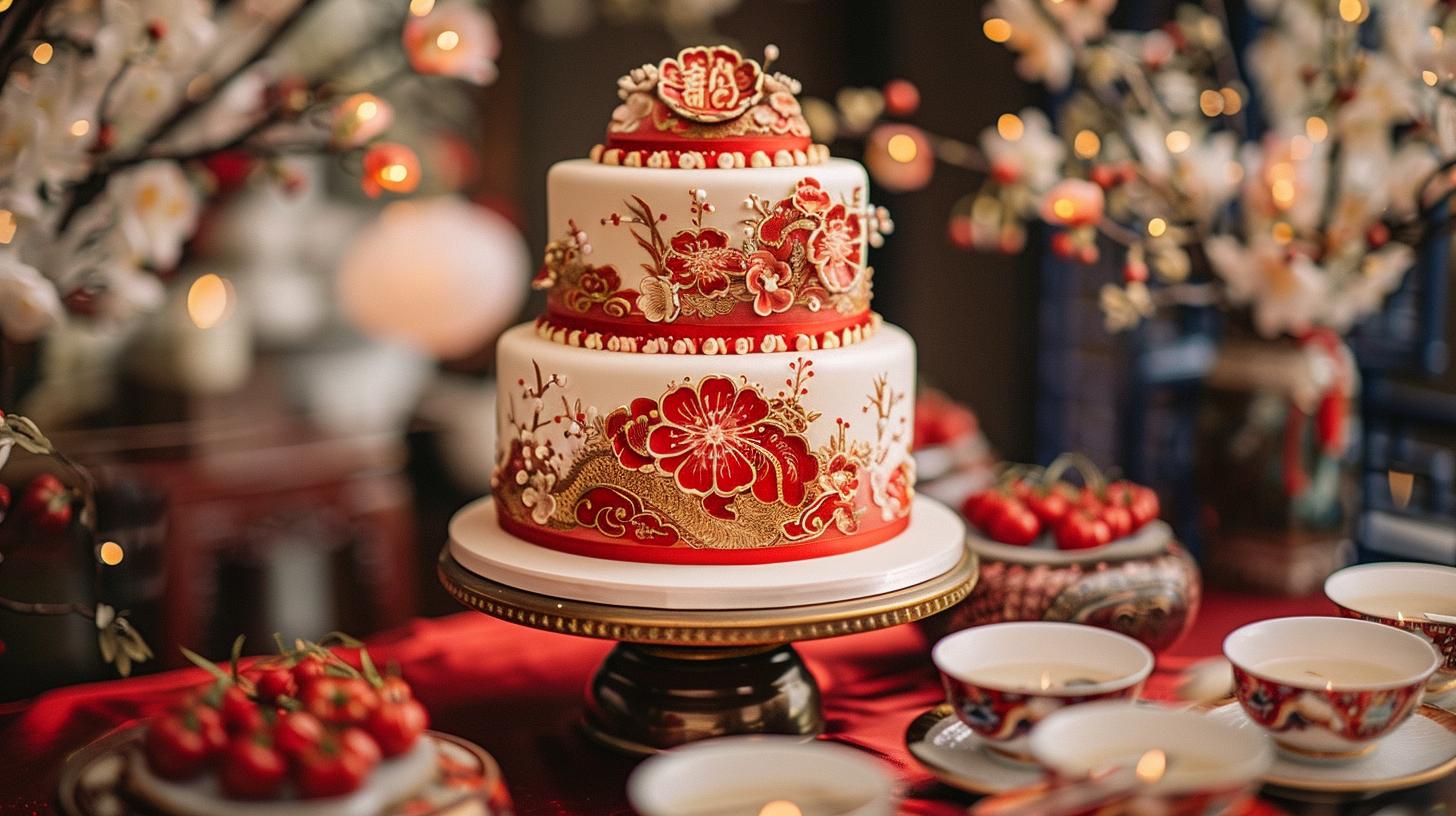
Presentation and Packaging of Traditional Chinese Wedding Cakes
When it comes to traditional Chinese wedding cakes, the presentation and packaging play a significant role in the overall symbolism and auspiciousness of the occasion.
Red Boxes and Golden Lettering
- The cakes are often meticulously packaged in vibrant red boxes that symbolize luck, joy, and prosperity in Chinese culture.
- These boxes are adorned with intricate designs and golden lettering, adding an element of elegance and grandeur to the gift.
- The color red is particularly significant as it is associated with happiness, good fortune, and celebration in Chinese traditions.
Symbolic Designs
Aside from the red packaging, traditional Chinese wedding cakes are often embellished with symbolic designs that hold deeper meanings:
- Images of a fénix and a dragon are commonly featured on the packaging, symbolizing harmony and balance between the bride and groom.
- These mythical creatures represent feminine and masculine energies, respectively, coming together in a union of love and prosperity.
- The intricate designs and vibrant colors of the packaging reflect the rich cultural heritage and significance of the wedding ceremony in Chinese tradition.
Traditional Chinese Wedding Customs and Food Offerings
Traditional Chinese weddings are steeped in rich customs and rituals that date back centuries.
In addition to the symbolic exchange of wedding cakes, various food offerings play a significant role in these ceremonies. Let’s explore some of the traditional customs and food practices associated with Chinese weddings:
Role of Sweets and Fruits
- Sweets such as sesame candies and peanut brittle symbolize the sweetness and joy that the newlyweds hope to share in their marriage.
- Fruits like mandarins and ginger are often included as offerings, representing prosperity and good fortune for the couple’s future together.
Inclusion of Pastries and Nuts
- Pastries are a common sight at Chinese weddings, with flavors ranging from traditional red bean to modern variations like green tea and coconut.
- Nuts such as almonds and walnuts are often included in the wedding spread, symbolizing fertility and the hope for a fruitful union.
Modern Influences on Traditional Chinese Wedding Cakes
Modern trends and influences have reshaped the traditional Chinese wedding cake landscape, infusing new elements and styles into these symbolic desserts.
As Chinese weddings evolve to embrace contemporary tastes and global inspirations, traditional wedding cakes have also undergone creative transformations.
Contemporary Trends
Modern Chinese wedding cakes often feature innovative designs and flavors that cater to the preferences of the younger generation. Couples today seek personalized cakes that reflect their unique style and personalities.
These cakes may incorporate modern decorations, such as intricate sugar flowers, elegant calligraphy, or even 3D designs that showcase the couple’s love story.
Fusion with Western Styles
With the increasing influence of Western culture, traditional Chinese wedding cakes have begun to blend with Western cake trends. Some couples opt for a fusion of Chinese and Western elements in their wedding cakes, creating a harmonious blend of flavors and aesthetics.
For example, a cake may combine classic Chinese flavors like red bean or lotus paste with a Western-style tiered cake structure.
.

